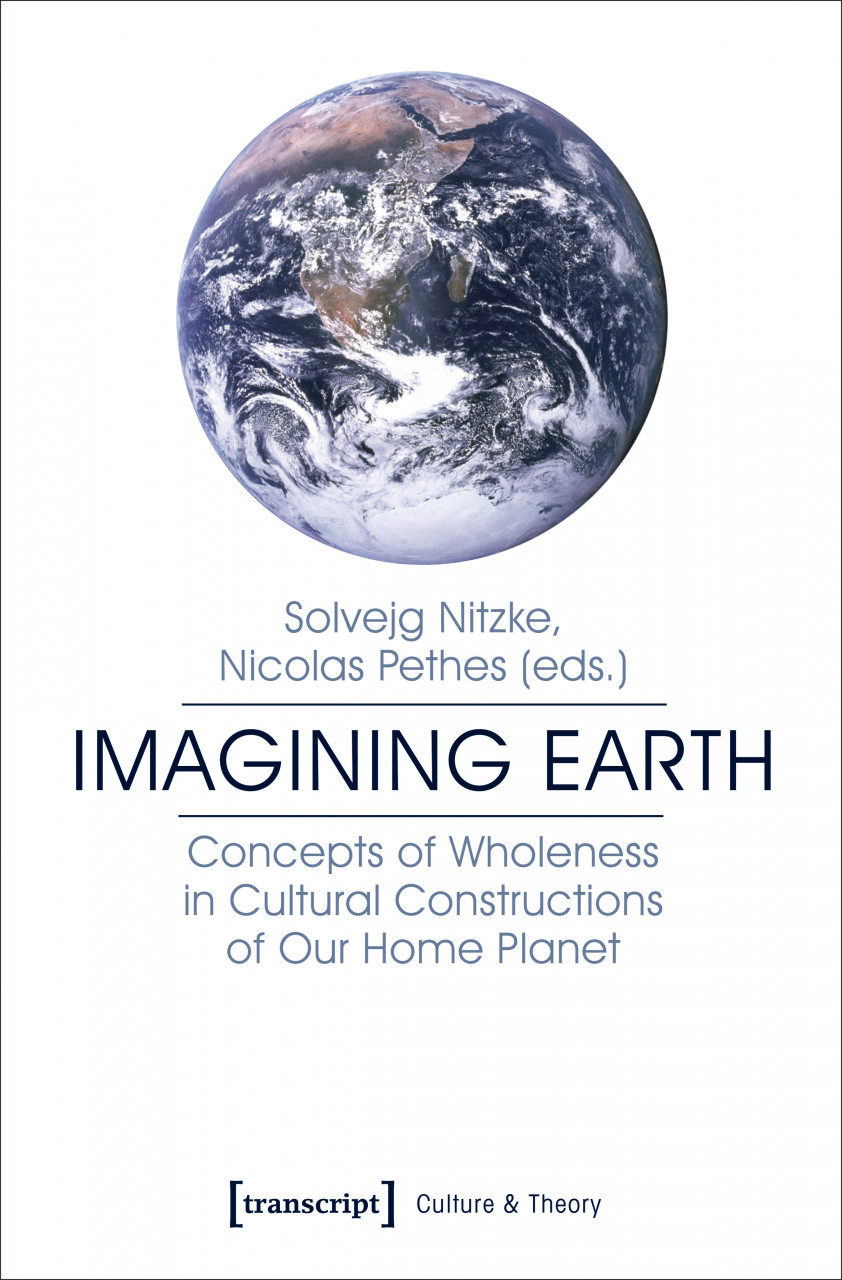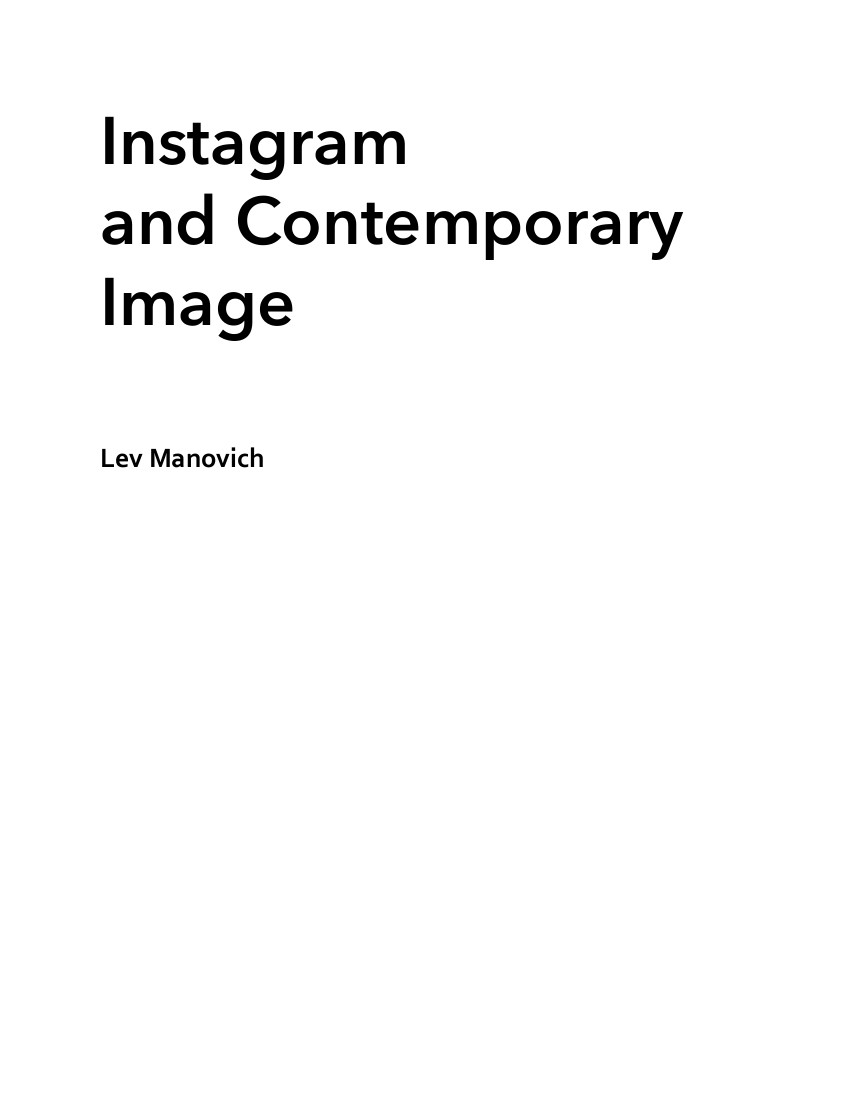The Potosí Principle: How Can We Sing the Song of the Lord in an Alien Land? Colonial Image Production in the Global Economy (2010) [English/Spanish]
Filed under book, catalogue | Tags: · art history, colonialism, history, image, mining, painting

“Potosí is a Bolivian mining town, whose splendor even eclipsed that of London or Paris in the sixteenth century. The silver extracted there by forced laborers was instrumental in fuelling the development of early European capitalism. The dynamics of this economic colonialism spawned the production of images on a mass scale, not only in Spain, but also in the vice-royalty itself. The works of the “Andean Baroque” unveiled in The Potosí Principle attest to the fact that cultural hegemony is not a symbolic concept, but is, in fact, rooted in violence.
Contemporary artists have responded to these Baroque paintings by fashioning works of their own. The objective of this dialogue is to demonstrate the correlation between the function served by colonial painting and the function now assumed by the modern system of art in conferring legitimacy upon globalization’s new elites.”
With texts by Sonia Abián, Anna Artaker, Bartolomé Arzáns Orsúa y Vela, John Barker, Matthijs de Brujine, Thomas Campbell, Roberto Choque Canqui, Chto delat, Alice Creischer, Anthony Davies, Elvira Espejo, Marcelo Expósito, Harun Farocki, León Ferrari, Tom Flynn, Maria Galindo, Isaías Griñolo, Max Jorge Hinderer, Karl Marx School of the English Language, Peter Linebaugh, Gabriela Massuh, Eduardo Molinari, Fátima Olivarez, Plata de Refléxion sobre Politicas Culturales, Felipe Guaman Poma de Ayala, David Riff, Jorge Sanjinés, Andreas Siekmann, Luis Víctor Alemán Vargas, and Dmitry Vorobyev.
Edited by Alice Creischer, Max Jorge Hinderer, and Andreas Siekmann
Publisher Verlag der Buchhandlung Walther König, Cologne, 2010
ISBN 9783865609267, 3865609260
303 pages
via dbrvk
Exhibition (Reina Sofia)
Exhibition (HKW)
WorldCat
PDF (33 MB, updated on 2023-7-6)
Comments (2)Solvejg Nitzke, Nicolas Pethes (eds.): Imagining Earth: Concepts of Wholeness in Cultural Constructions of Our Home Planet (2017)
Filed under book | Tags: · earth, image, media, visual culture

“While concepts of Earth have a rich tradition, more recent examples show a distinct quality: Though ideas of wholeness might still be related to mythical, religious, or utopian visions of the past, ‘Earth’ itself has become available as a whole. This raises several questions: How are the notions of one Earth or our Planet imagined and distributed? What is the role of cultural imagination and practices of signification in the imagination of ‘the Earth’? Which theoretical models can be used or need to be developed to describe processes of imagining Planet Earth? This collection invites a wide range of perspectives from different fields of the Humanities to explore the means of imagining Earth.”
Contributions by Gabriele Gramelsberger, Angela Krewani, Bruce Clarke, Timothy Morton, Hania Siebenpfeiffer, Nicholas Pethes, and Solvejg Nitzke.
Publisher transcript, Bielefeld, 2017
Creative Commons BY-NC-ND 4.0 License
ISBN 9783837639568, 3837639568
172 pages
PDF, PDF (updated on 2023-7-31)
Comment (0)Lev Manovich: Instagram and Contemporary Image (2017)
Filed under book | Tags: · aesthetics, digital humanities, image, instagram, photography, visual culture

“This in-depth study of Instagram combines methods from art history, media studies, and data science, and draws on computational analysis of 16 million Instagram photos shared in 17 global cities since 2012. The data collection and analysis were performed in Manovich’s Cultural Analytics Lab in the Qualcomm Institute (UCSD Division of the California Institute for Telecommunications and Information Technology). ”
Self-published September 2017
Creative Commons BY-NC-ND 4.0 International License
148 pages

